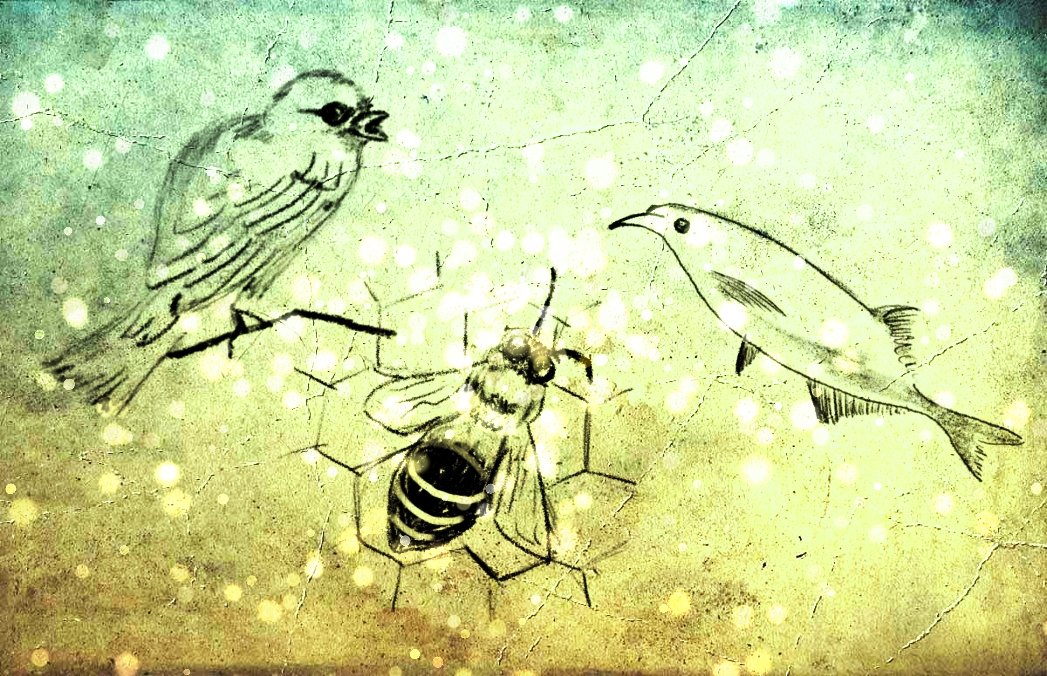
Caballito Negro + Friends @ Princeton
Caballito Negro joins Baltimore’s Lisa Cella and Dustin Donahue for a quartet performance of Birds, Bees, Electric Fish by Juri Seo, a world’s first double duo for flute and percussion, alongside other innovative music. The concert will be held in the Richardson Auditorium as part of the Princeton Sound Kitchen Series, by special arrangement for this project. Also featured are three commissions especially written for Caballito Negro + Friends by Jason Treuting, Hope Littwin, and Isaac Santos.
Princeton University faculty member Juri Seo’s ‘Birds, Bees, Electric Fish’ is a 30-minute work that imagines the perceptual worlds experienced by non-human organisms, scored for 2 flutists and 2 percussionists. The program also features new works for the performers by faculty member Jason Treuting, and graduate student composers Hope Littwin and Isaac Santos.
Ticketing is free and unticketed.
Caballito Negro is the lead commissioner for this new work recently completed by Princeton composer Juri Seo for flute/percussion quartet. The 28-minute, three-movement work is the first of its kind created for double flute/percussion duos, and is inspired by Umwelt, the German word for environment used in biology to denote the perceptual world as experienced by a specific organism.
In Juri’s words: “While our perception is limited to our own Umwelt, delineated by the limits of human perceptual capacity, we can imagine other animals’ Umwelten by studying their physiology and behaviors. The attempt at this impossible task of exiting the self-centered perception is a deeply human endeavor that may help recontextualize our relationship with other organisms and with the living world. To compose the work, I began by selecting three organisms I found particularly interesting: birds, bees, and electric fish. How do birds hear their own songs? What goes on in the mind of a bee in a colony? And what does it feel like to be a fish feeling its three-dimensional surrounding via an electrical sensa/on on its skin?
The audience is encouraged to mentally map their surroundings replete with diverse vibrating objects. The translations of senses become more abstract as the piece unfolds; from birds to bees and to electric fish, various senses—auditory, visual, kinetic, and tactile—are alluded to through sounds only. Ironically, my attempt to enter the minds of other beings necessitated a heightened sense of humanity, as I strove to imagine their diverse non-human senses through a lens of familiarity and empathy. It involved hearing birds slower, imbuing them with lyricism; imagining the serene and joyful minds of bees; and experiencing a sense of touch and sight through the act of listening.”










